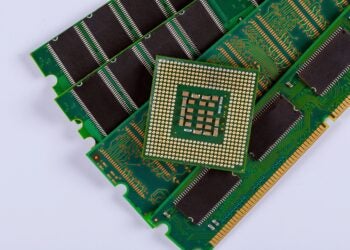The PCB Design, Assembly, and Trends Blog
Free Design Resources
Ultra Librarian is the worlds largest online – and always free – PCB CAD library. Build products better, faster, and more accurately with easy access to vendor-verified symbols, footprints, and 3D models. Register today to start searching the right components for your next design.
Electronic Component Shortage 2025: Survival Guide
Microprocessors (MPUs) and certain memory chips continue to drive the electronic component shortage in 2025. Whenever someone begins a sentence...
PCB Layout Bridge Rectifier: Important Design Guidelines
Cell phone chargers are one of the most common uses of electronic rectifiers.Some may say that love, money, or even...
ECAD Libraries/Models for Data-driven Design Workflows
Effective management of ECAD libraries/models is essential for efficient PCB design workflow. When downloading a new component, it is important...
Custom Electronic Components Online Service
One of the biggest challenges to creating a PCB project is finding the right components. Most designers find electronic components...
Electronic Components Semiconductors: Guide
Electronic component semiconductor silicon wafer It is indisputable that the invention of the transistor opened the door for the current...
Top Electronic Components Inventory Management Software
Software management of electronic components inventory in a manufacturing facility Prior to the electronic component shortages of recent years, momentum...
Search our Blog
Search Our Library for the Solution You’ve Been Looking For
If you’re looking for components, footprints, or 3D models, we have readily available and free options for you and your design team.











